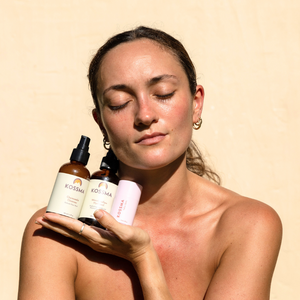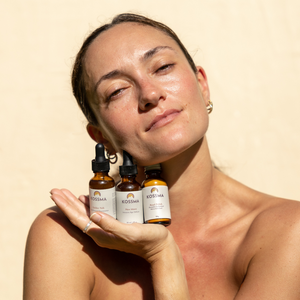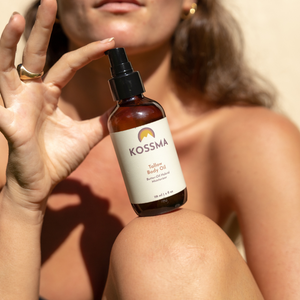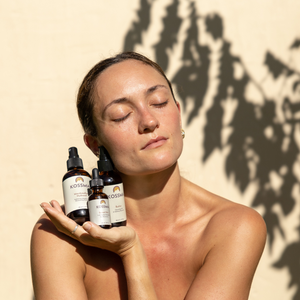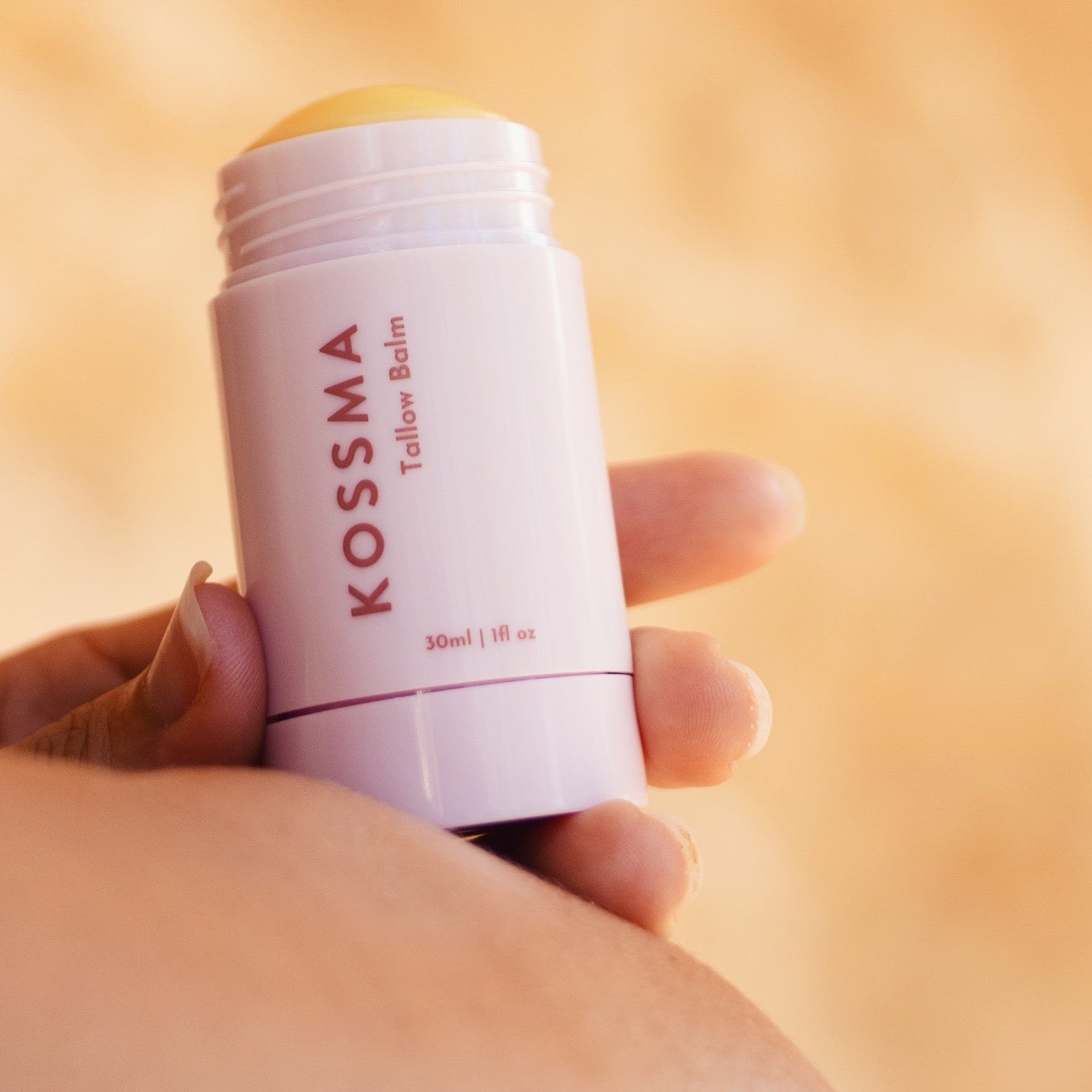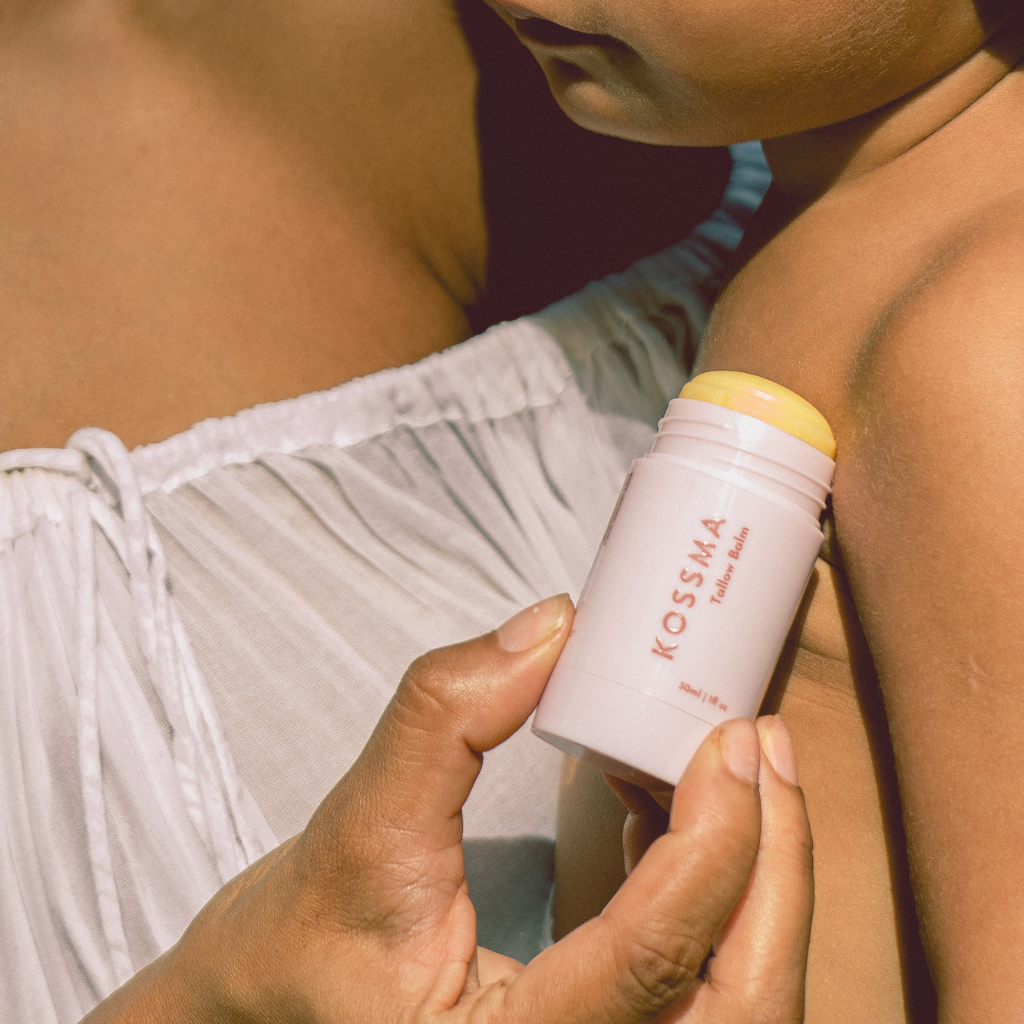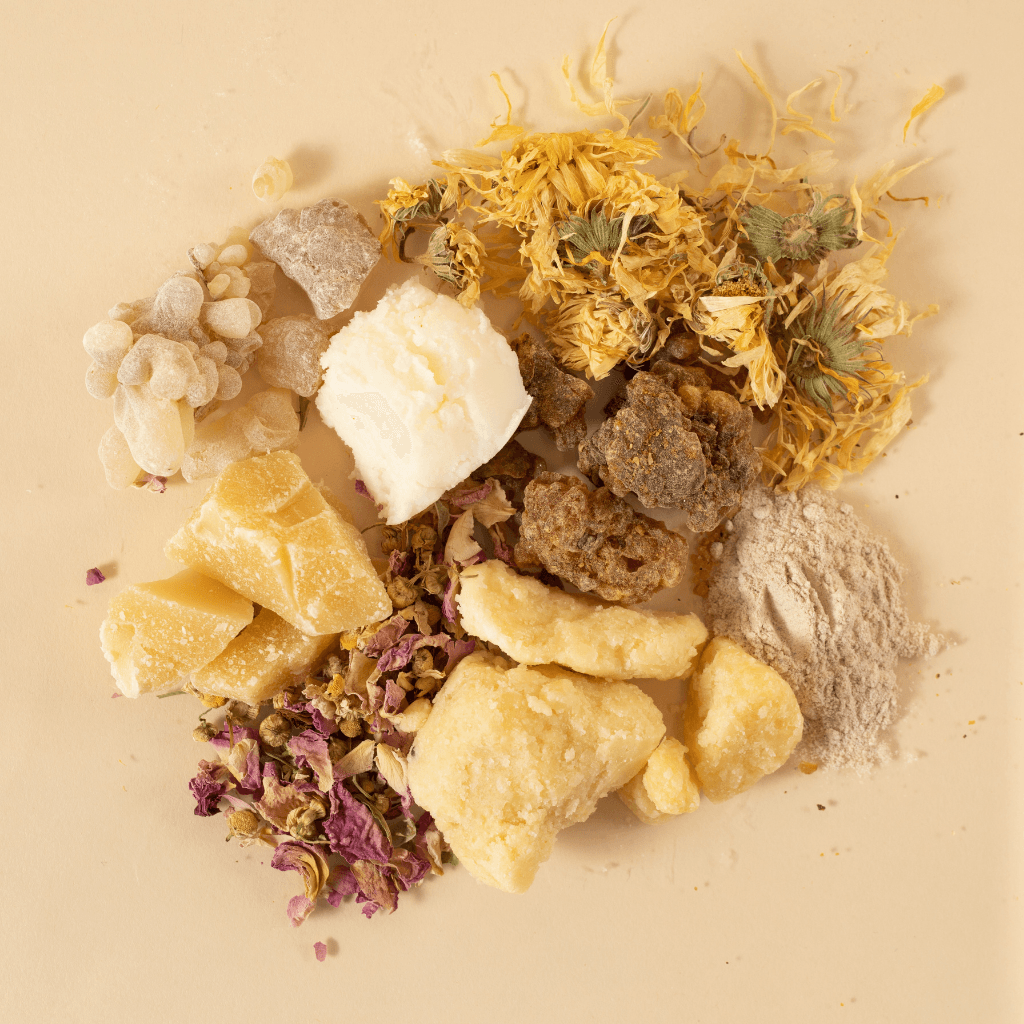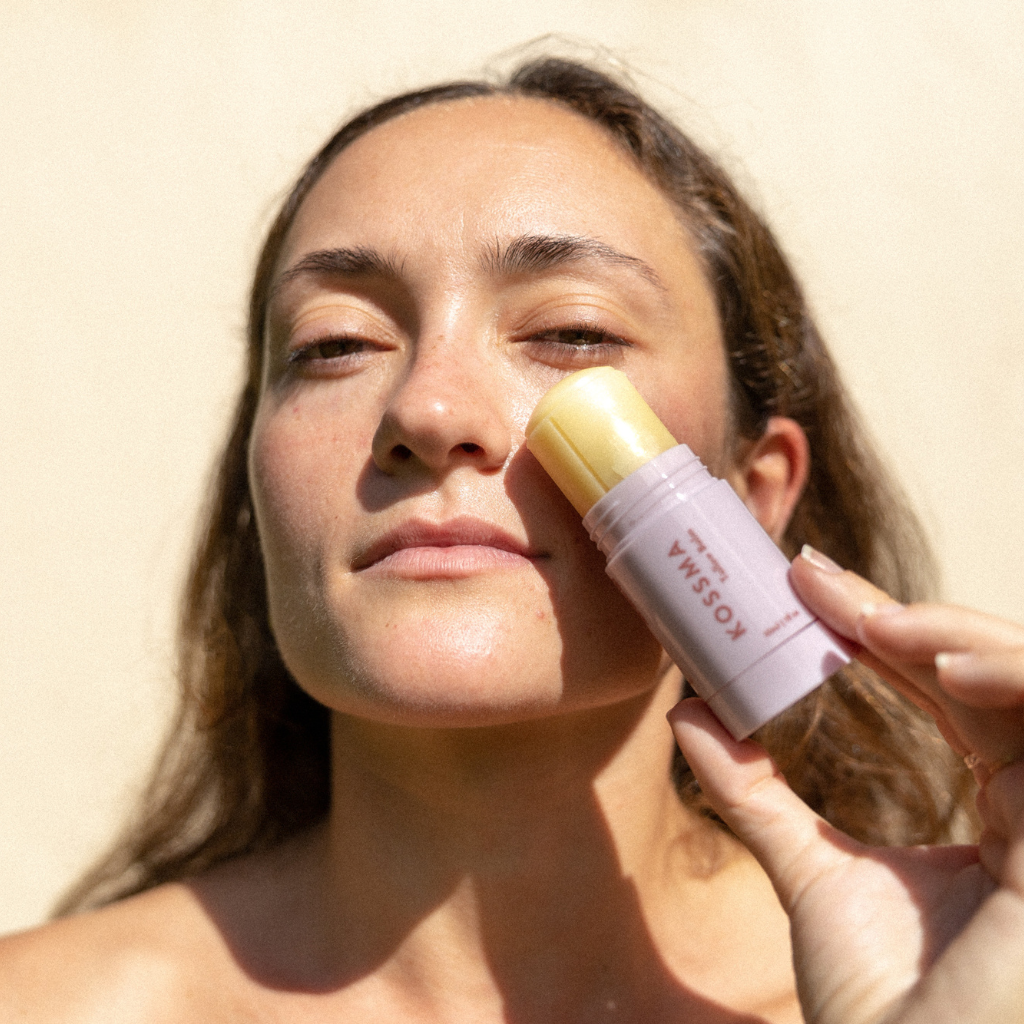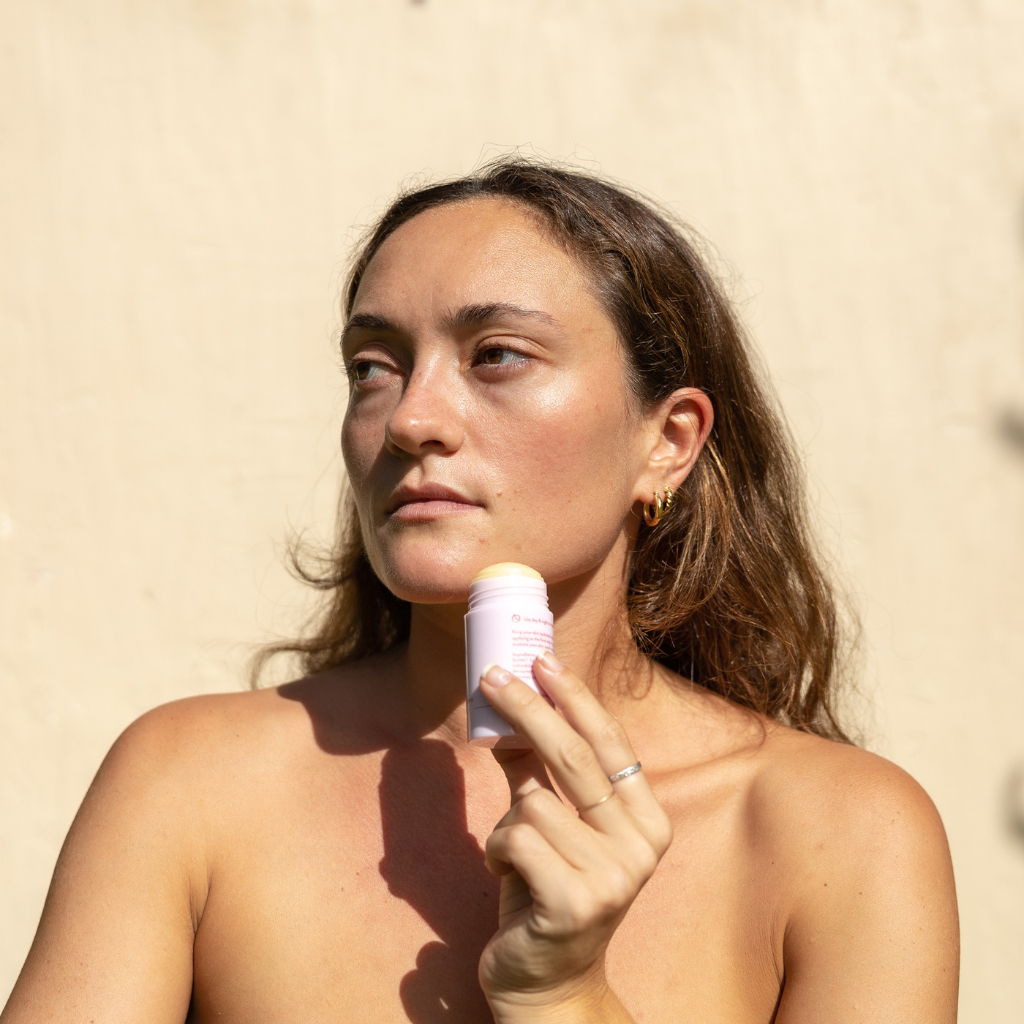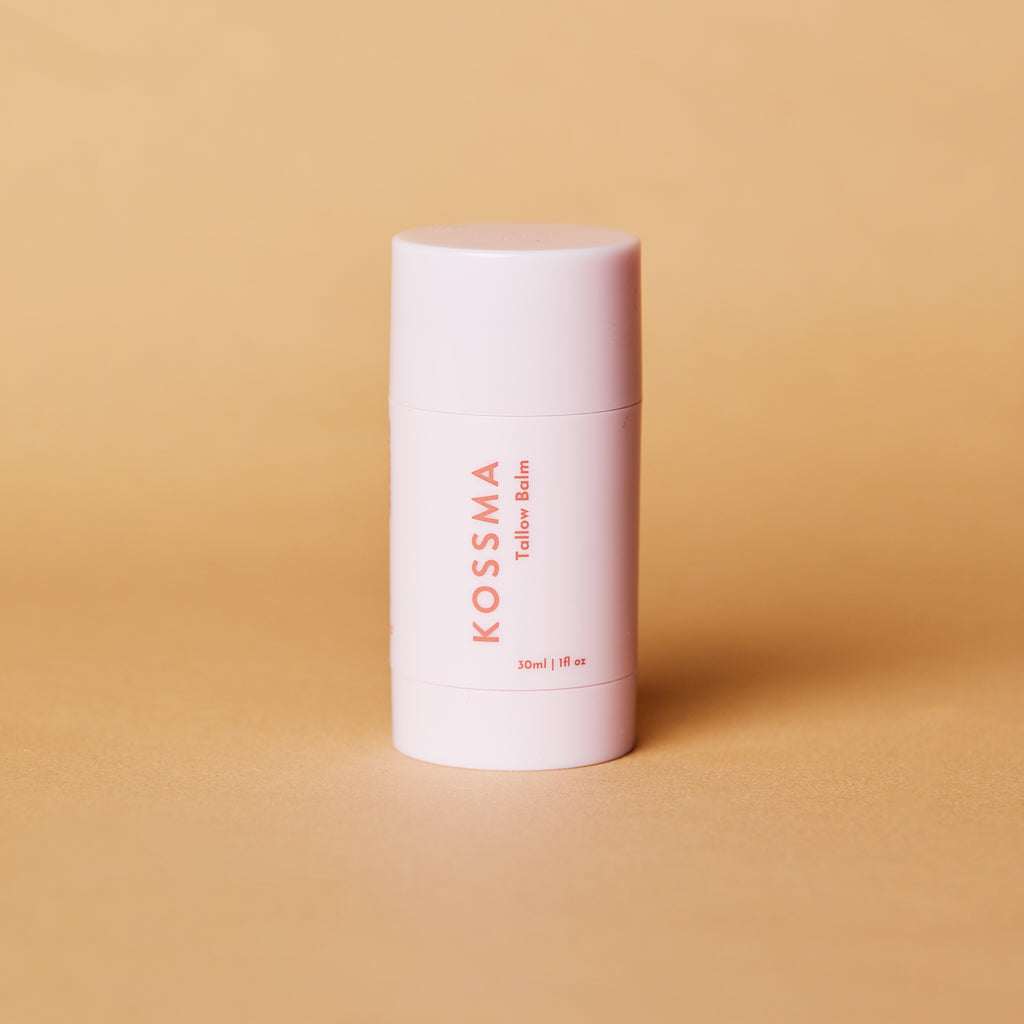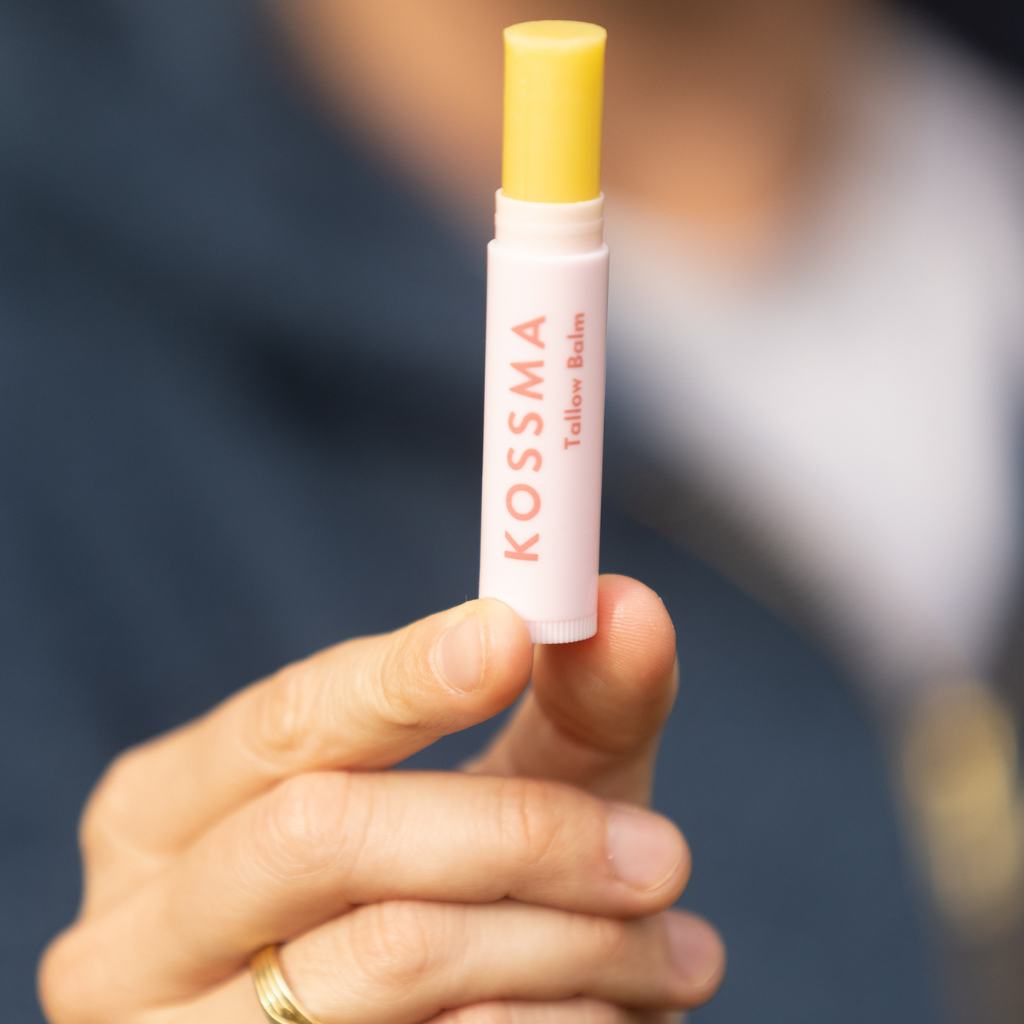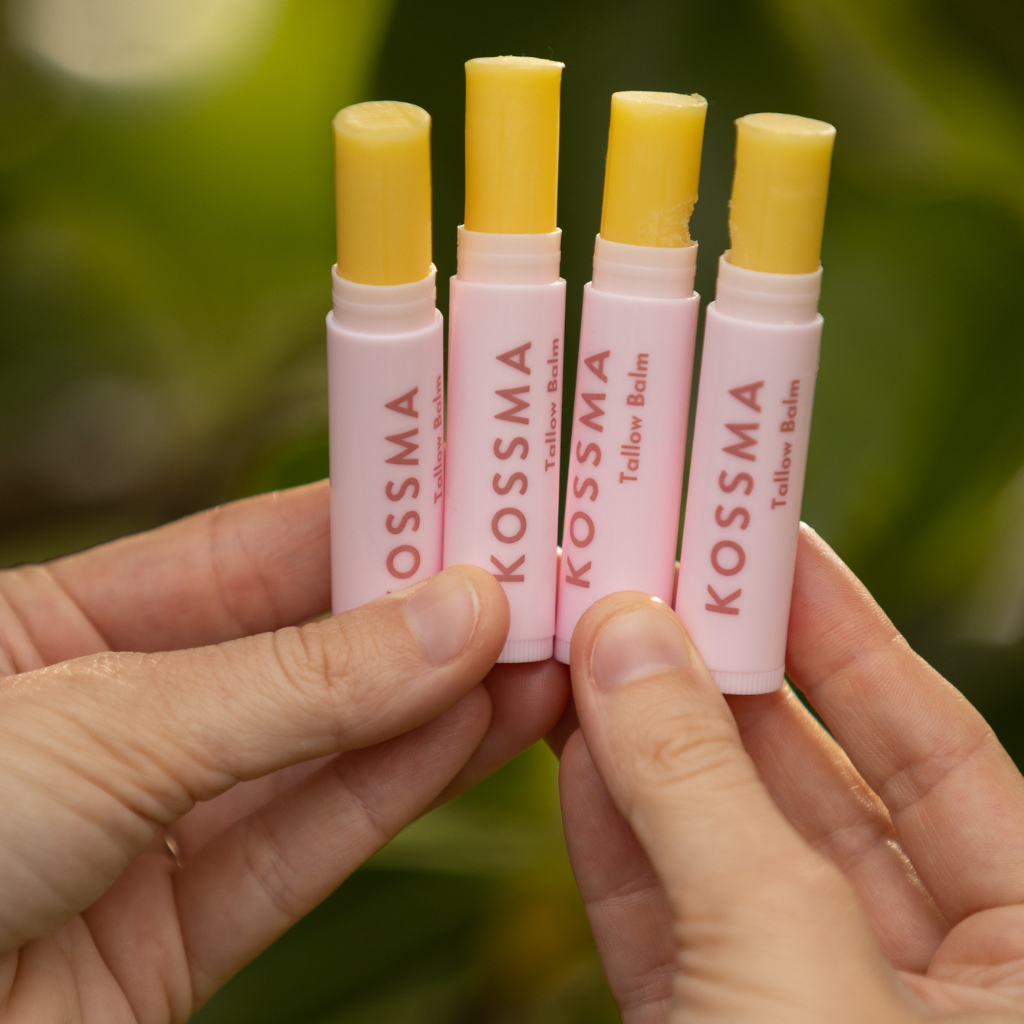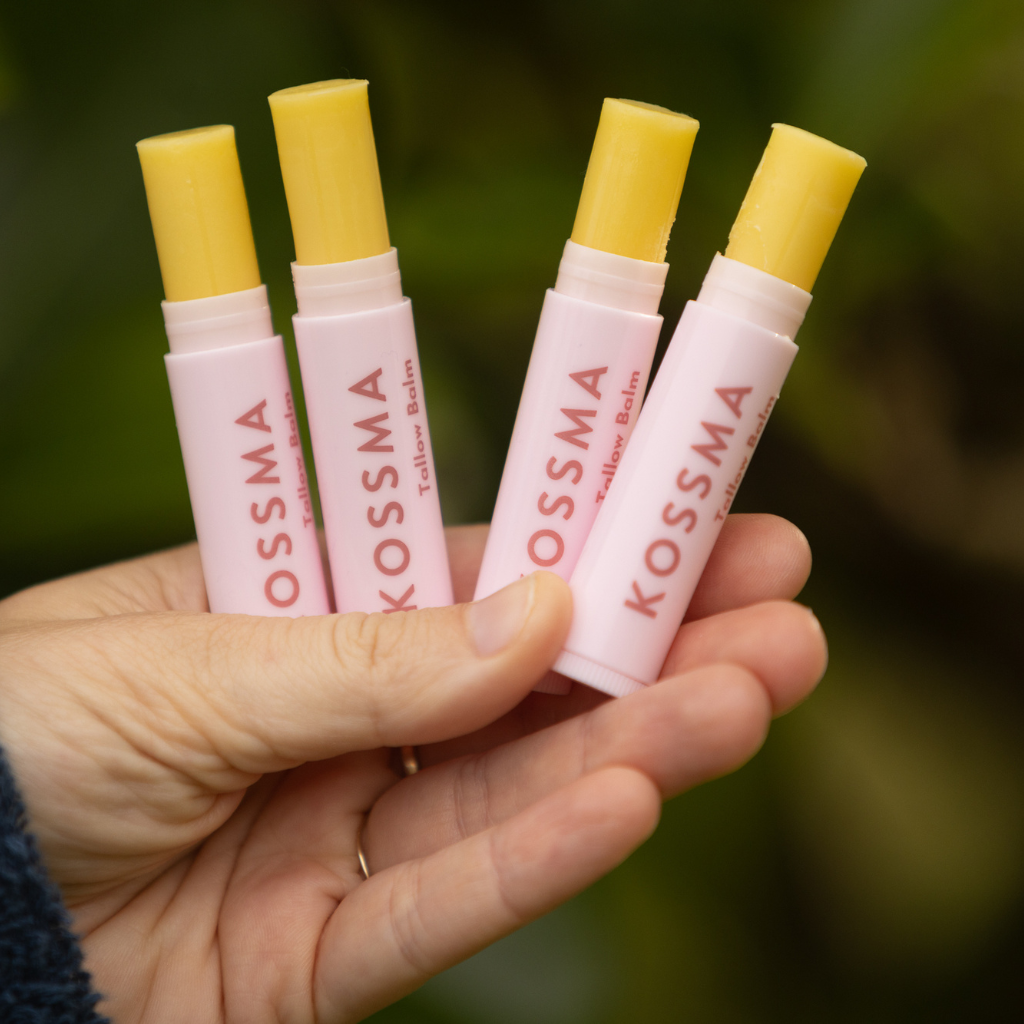Roses have been used for centuries in medicine and beauty, and they continue to be a popular ingredient in skincare today. Most rose species are native to Asia, with smaller numbers being native to North America and a few to Europe and northwest Africa. Appearing in the fossil record at least 35 million years ago, roses have a long history of use in medicine and beauty since their domestication. Early Native Americans used roses for medicinal purposes, and one species of rose, Rosa chinensis, has long been used in Chinese traditional medicine. Roses were considered so valuable in the 1600s that they were often used as payment and highly prized by royalty.
Antioxidant Properties of Rose
Rose blossoms are packed with antioxidants that prevent cell damage and help regenerate skin tissues. They also neutralize free radicals, providing anti-aging benefits to the skin. Rose is excellent for all skin types, but it is especially effective for dry skin because of its moisturizing properties, which soothe itchiness. Rose hips, which come from the seed pods of the rose plant, contain high levels of vitamin C, which boosts the immune system and prevents oxidative stress (it is also used as a tea which helps beautify the skin from inside out, and also boosts the immune system, aids in weight loss, and protects against heart disease).
Healing and Anti-Aging Benefits of Rose
Rosa damascena, or Damask roses, are especially potent with antimicrobial and anti-aging compounds, making them effective even against highly dangerous bacteria like Escherichia coli and Staphylococcus aureus. They are excellent for wound healing and have a long history of use in medicine. It takes tens of thousands of rose petals to produce a single ounce of rose essential oil, making it highly concentrated and effective. Rosa centifolia, or cabbage roses, are high in vitamin C and tannins, offering toning and antioxidant benefits perfect for preventing signs of aging.

